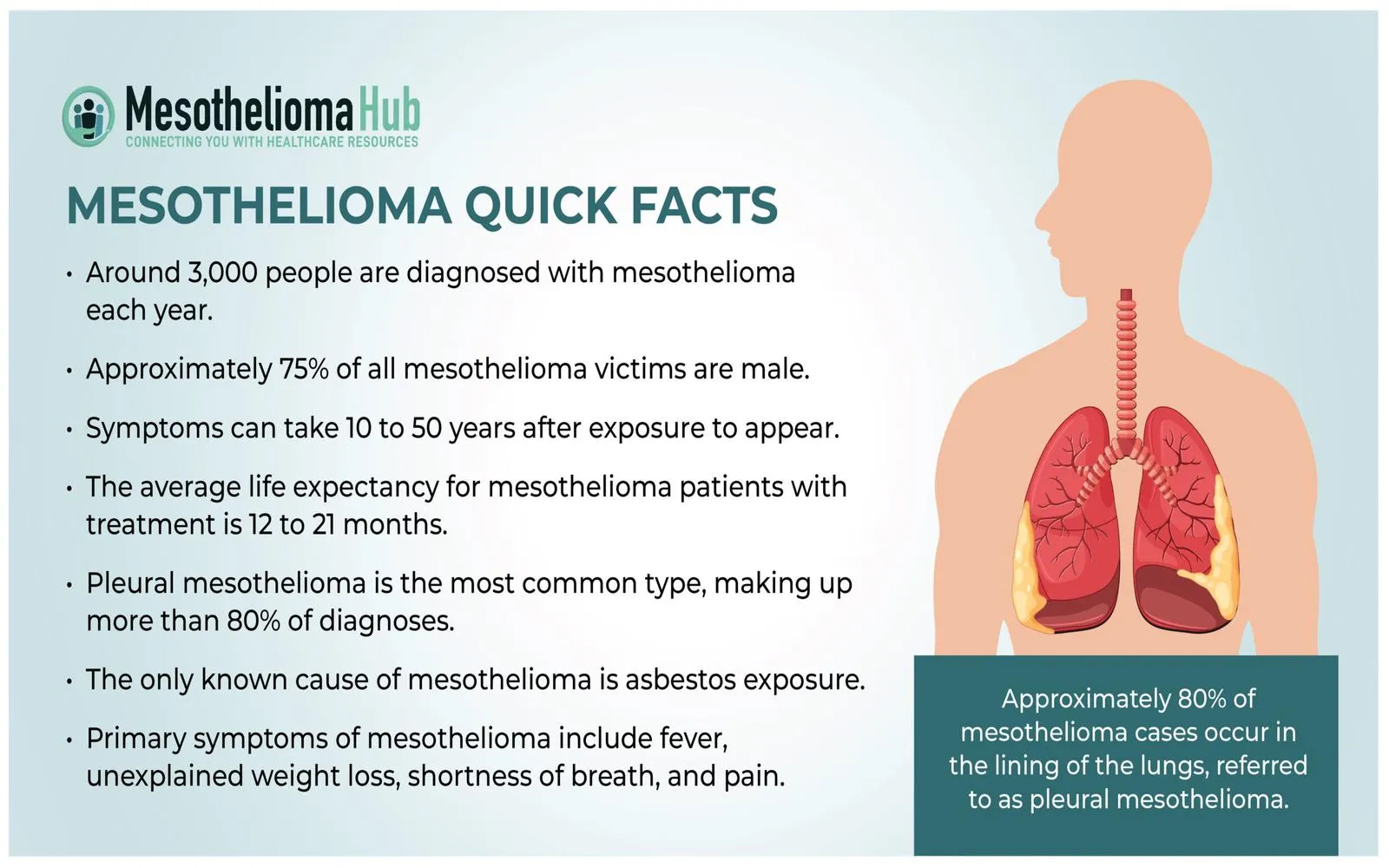Hair Loss Treatments: Options to Restore Your Hair
Hair loss is a common issue that affects millions of people worldwide, regardless of age or gender. Whether it's due to genetics, hormonal changes, medical conditions, or stress, losing hair can take a toll on one's self-esteem and confidence. Fortunately, there are numerous treatments available today that can help restore hair or prevent further hair loss. In this article, we will explore the different hair loss treatments and help you decide the best solution for your needs.
Types of Hair Loss
Before diving into the treatments, it's essential to understand the common causes of hair loss. The most common types include:
1. Male Pattern Baldness (Androgenetic Alopecia)
This is the most common cause of hair loss in men and is largely influenced by genetics. It typically starts with a receding hairline or thinning at the crown.
2. Female Pattern Baldness (Androgenetic Alopecia)
Women can also experience genetic hair loss, though it usually manifests as general thinning of the hair rather than bald spots.
3. Telogen Effluvium
This type of hair loss is temporary and often occurs after major stress, trauma, or illness. It leads to widespread shedding of hair.
4. Alopecia Areata
Alopecia areata is an autoimmune condition where the body attacks hair follicles, leading to sudden and patchy hair loss.
5. Traction Alopecia
This type of hair loss is caused by excessive tension on the hair, often from tight hairstyles such as braids or ponytails.
Popular Hair Loss Treatments
1. Medications
Minoxidil (Rogaine)
Minoxidil is one of the most popular over-the-counter treatments for hair loss. It is applied directly to the scalp and can help stimulate hair growth. It works by increasing blood flow to the hair follicles and is effective in treating both male and female pattern baldness. Results vary, and it requires ongoing use to maintain the benefits.
Finasteride (Propecia)
Finasteride is an oral prescription medication that works by blocking the hormone responsible for shrinking hair follicles. It is primarily used for male pattern baldness but may be prescribed off-label for women as well. Like minoxidil, results require consistent use.
Dutasteride
Similar to finasteride, dutasteride is a medication that blocks DHT (dihydrotestosterone), a hormone that plays a major role in hair loss. It’s often considered for cases where finasteride is not effective.
2. Hair Transplant Surgery
Hair transplant surgery is one of the most permanent solutions for hair loss. In this procedure, hair follicles are taken from areas of the scalp with thick hair and transplanted to areas with thinning or no hair. There are two main types of hair transplant techniques:
- FUT (Follicular Unit Transplantation): Involves removing a strip of scalp and extracting individual hair follicles for transplantation.
- FUE (Follicular Unit Extraction): Involves extracting individual hair follicles from the donor area and transplanting them to the thinning area.
Hair transplant surgery can be expensive, but it often provides long-term, natural-looking results.
3. Platelet-Rich Plasma (PRP) Therapy
PRP therapy is a non-surgical treatment that involves using your own blood to stimulate hair growth. Blood is drawn, processed to concentrate the platelets, and then injected into areas of the scalp with thinning hair. The growth factors in the platelets help to stimulate hair follicles and promote hair regrowth. PRP therapy is typically done in multiple sessions and requires maintenance for best results.
4. Laser Therapy
Low-level laser therapy (LLLT) uses red light to stimulate hair follicles and promote hair growth. Devices like laser combs, helmets, or caps are available for home use, and there are also in-office treatments performed by professionals. LLLT has shown to be effective for promoting hair growth in both men and women, though results may vary.
5. Hair Loss Shampoos and Topical Treatments
Several shampoos and topical treatments contain ingredients like biotin, keratin, and caffeine, which are believed to improve hair health and reduce hair loss. While these products may not provide dramatic results, they can be a useful addition to your hair care routine.
Alternative and Natural Hair Loss Treatments
Some people prefer natural remedies for hair loss. While these treatments may not have as much scientific backing as medical options, they are generally safe and can promote overall scalp health:
1. Essential Oils
Essential oils like rosemary, peppermint, and lavender have been shown to promote hair growth in some studies. These oils can be massaged into the scalp or mixed with carrier oils for use as a hair treatment.
2. Saw Palmetto
Saw palmetto is a plant extract that may help block the production of DHT, the hormone responsible for hair thinning in both men and women. It is available in supplement form.
3. Nutritional Supplements
Deficiencies in certain vitamins and minerals, such as iron, zinc, biotin, and vitamin D, can contribute to hair loss. Taking nutritional supplements can help address deficiencies and promote hair health.
4. Scalp Massage
Massaging the scalp can help increase blood circulation to the hair follicles, which may encourage hair growth. Regular scalp massages can also improve the overall health of the scalp.
How to Choose the Right Treatment for You
Choosing the right hair loss treatment depends on several factors, including the cause of your hair loss, the severity of the condition, your budget, and your personal preferences. Here are a few tips to help guide your decision:
- Consult a Professional: Speak with a dermatologist or hair specialist to identify the cause of your hair loss and determine the best course of treatment.
- Consider Your Goals: Are you looking for a temporary solution, or do you want a long-term fix? Treatments like medication and PRP may require ongoing sessions, while hair transplants offer a permanent solution.
- Be Patient: Hair restoration treatments take time. It can take several months to notice results, especially with non-surgical treatments.
- Budget and Cost: Some treatments, such as hair transplants, can be costly. Consider your budget and look into financing options if necessary.
Conclusion
Hair loss is a common concern, but there are a wide variety of treatment options available. From over-the-counter solutions like minoxidil to more advanced options like hair transplant surgery and PRP therapy, there is likely a treatment that can help you address your hair loss. Consulting with a professional can help you determine the best course of action based on your specific needs and goals. Remember that consistency and patience are key to achieving the best results.
Explore

Weight Loss Online: Tools, Programs, and Support That Work

Window Replacement Options: Choosing the Best for Your Home

Mesothelioma Treatment Options

Maximizing Your Tax Return: A Guide to Boosting Your Refund

Tax Debt Relief Service: A Comprehensive Guide to Managing Your Tax Debt

Best Travel Credit Cards of 2025: Top Picks for Earning Rewards on Your Adventures

Best High-Yield Savings Accounts of 2025: Maximizing Your Savings Potential

The Best Financial Advisors of 2025: Your Guide to Smart Financial Planning
